Nissan has revealed an updated Qashqai SUV, which has been given a thorough overhaul both inside and out, as well as fresh technology. However, Nissan is promising the same blend of practicality and solidity that has helped to make the car one of the most popular SUVs on the market.
Bold new look
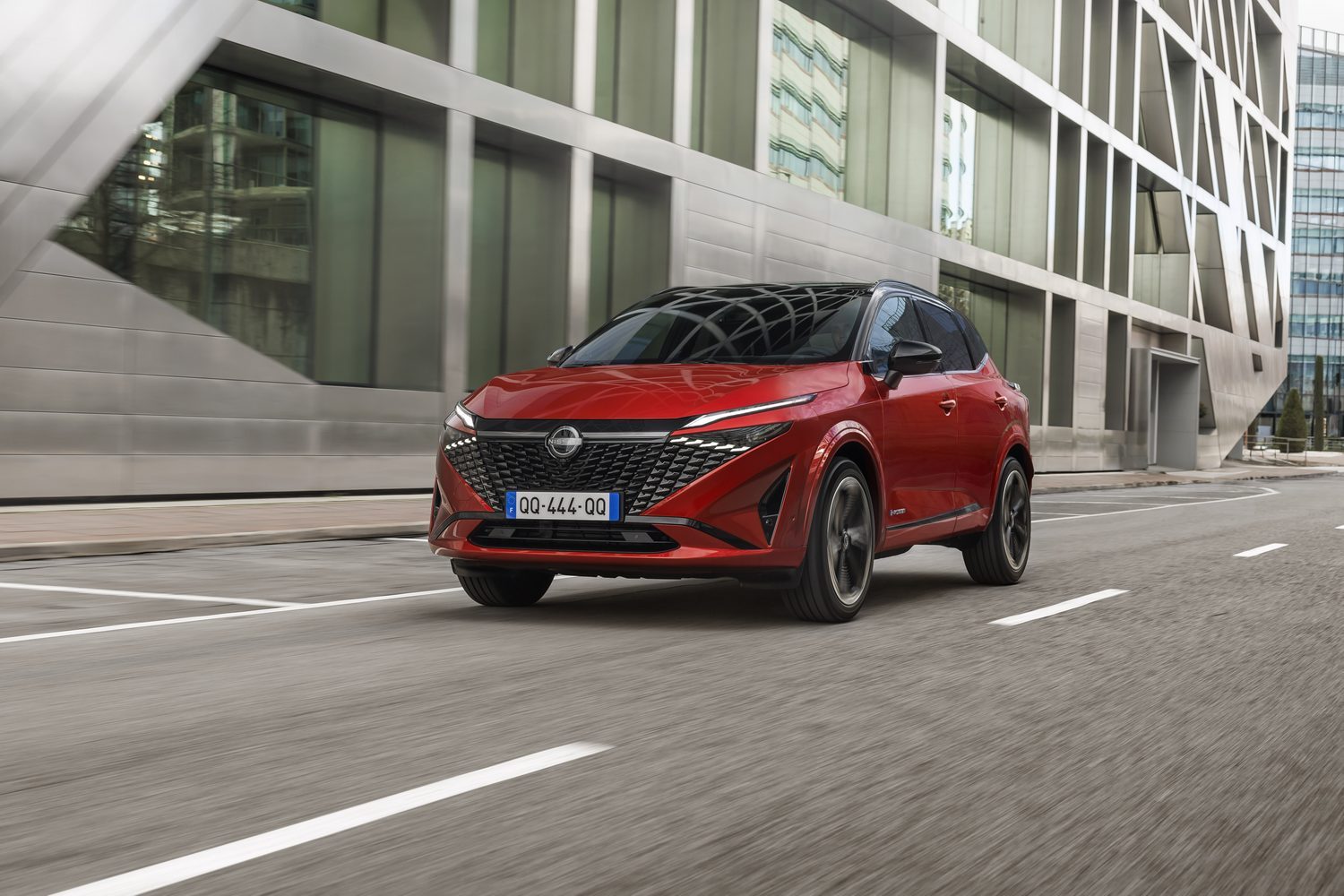
Although the Qashqai sits on the same platform as before, it has a fresh look that’s most apparent from the front. There, Nissan has fitted a new grille and lights, giving the car a much more dramatic appearance. Apparently inspired by the ‘scales’ of Japanese armour, the grille merges into the lights to create a more modern-looking nose.
Nissan has made other changes, too, including tweaks to the bumpers and taillights, with light signatures designed to mimic those of the headlights. The lenses are clear, as well, which Nissan says makes the light elements more apparent.
There’s also a new N-Design trim level designed to make the most of the new styling with body-coloured valances around the bumpers and sills. The N-Design also benefits from painted wheel arches, and Nissan will offer a broad range of colours including new Pearl White, Pearl Black and Deep Ocean colours.
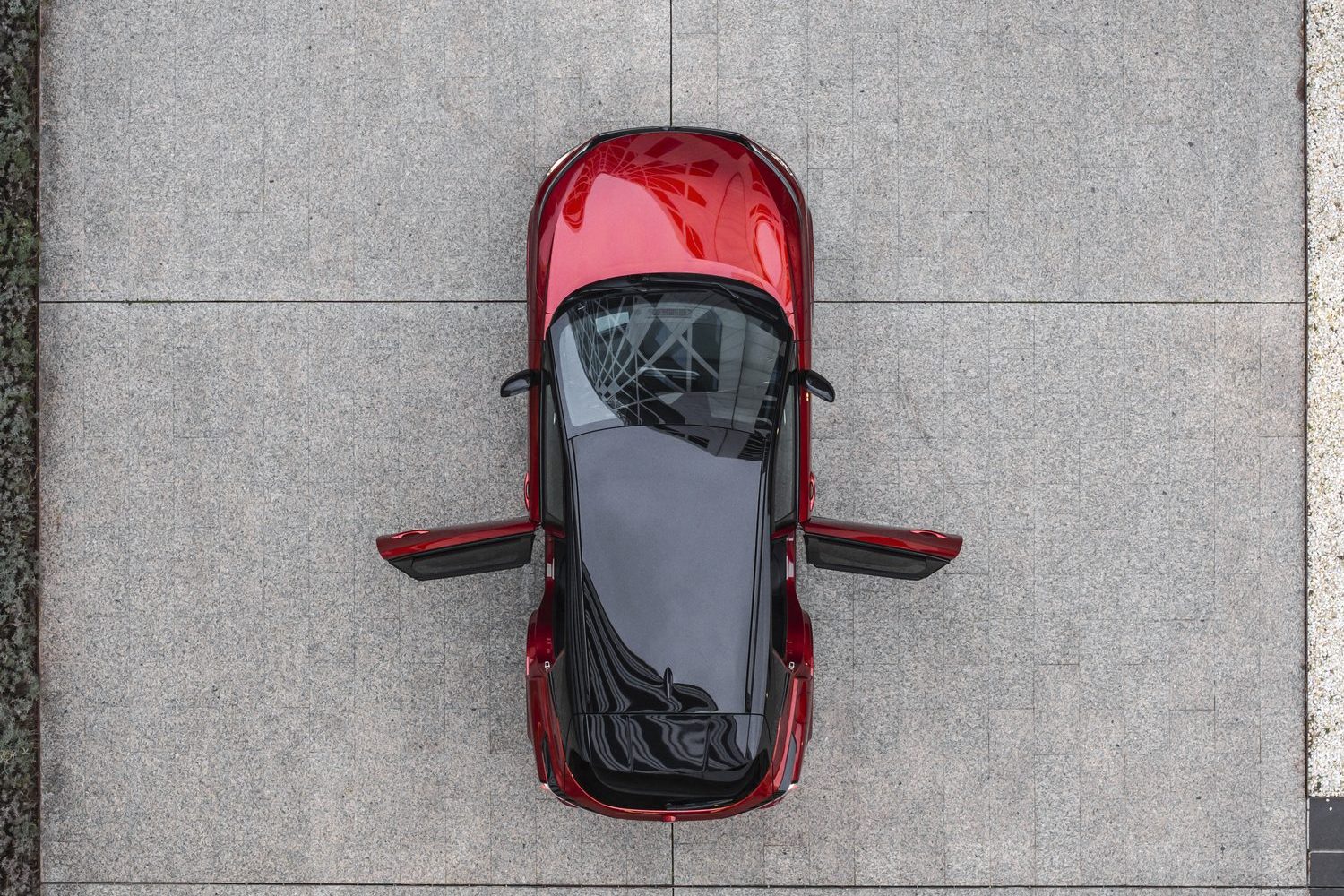
Upgraded interior
While Nissan has made obvious changes to the exterior design of the Qashqai, the interior updates are more to do with material tweaks, with soft-touch Alcantara microfibre upholstery on the dashboard and doors for more upmarket models. New patterned materials have also been added to the gear selector and centre console, while upgraded seat trims have been applied to the upper trim levels.
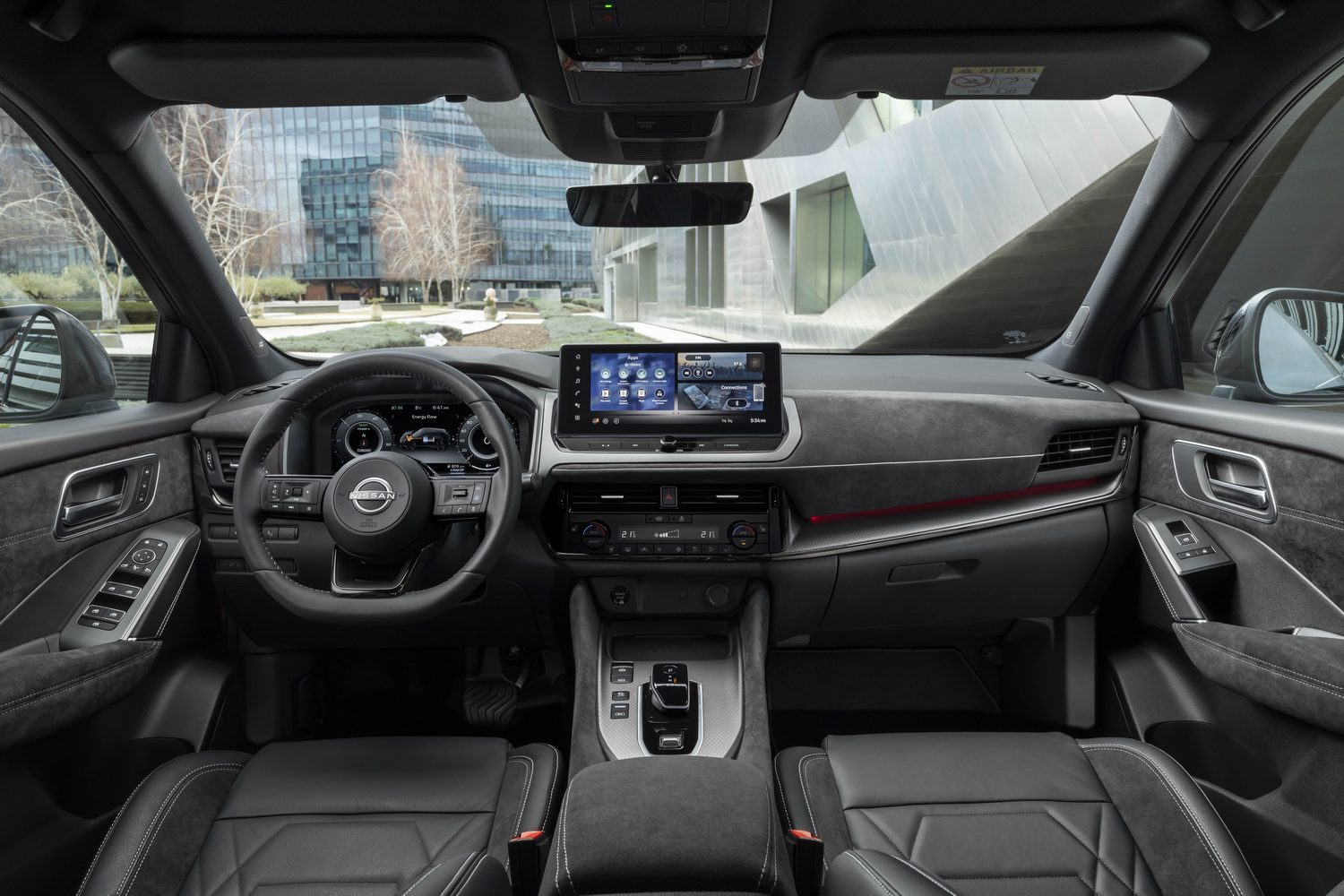
Tweaked tech
With so few changes to the interior design, the focus is more on technology, and there’s plenty of that on show in the new model. The 360-degree manoeuvring camera system has been updated, for example, and there’s now a choice of ambient lighting colours in the cabin.
More importantly, Google tech is now built into the car, including Google Maps for navigation and the Google Assistant, which allows for voice control. Amazon’s Alexa system is also available, and there’s a Nissan Connected Services update that monitors the car and can remind customers if they have left the car unlocked or a window is open. It will also warn them if the car is towed or stolen.
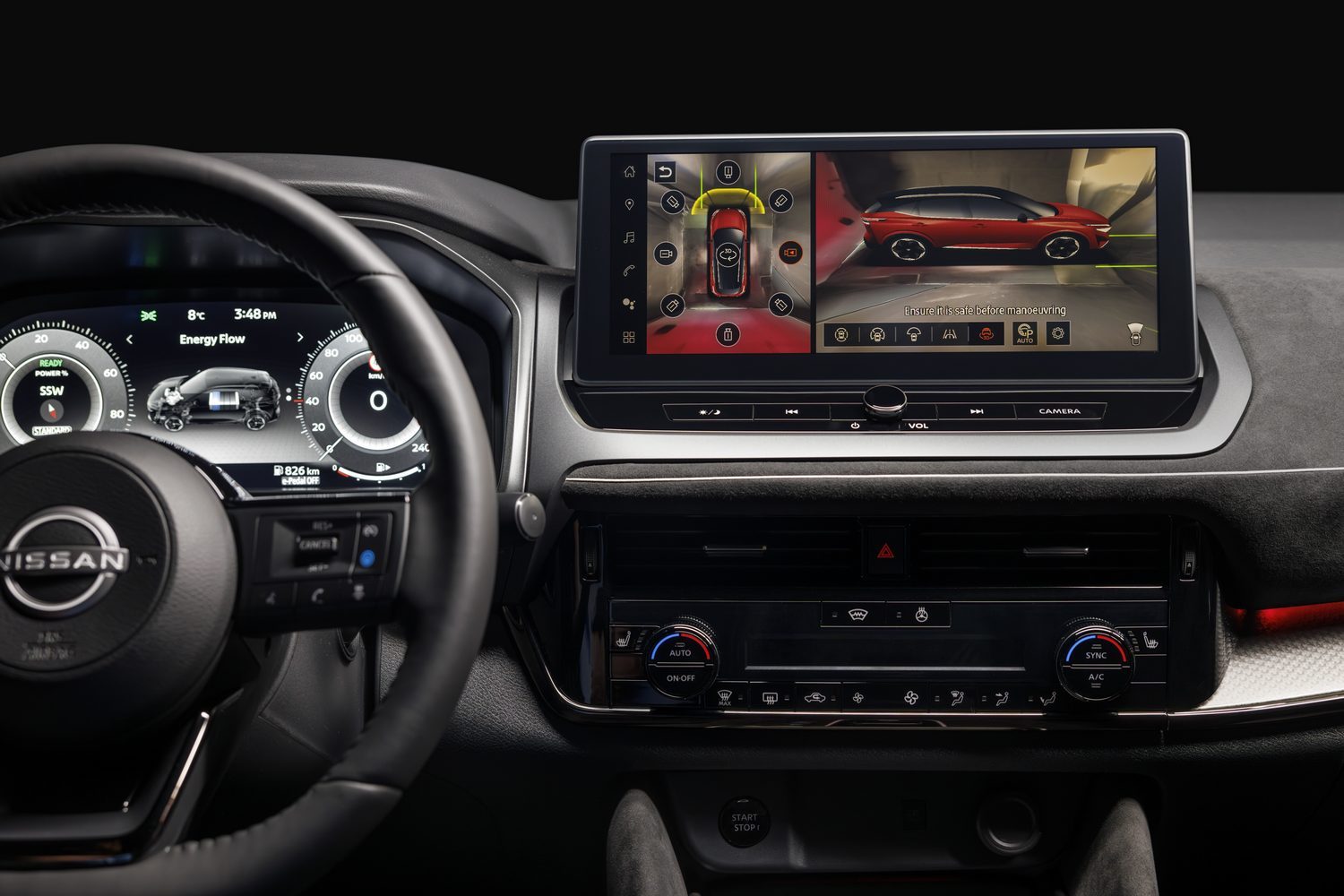
But the tech isn’t just there for driver convenience. Nissan has also fitted a range of driver assistance features that are set to become a legal must-have this summer, so there’s a new autonomous emergency braking system that’s supposed to react more rapidly, and there’s a lane-keeping system that’s activated automatically when the engine starts. However, for those who find these systems intrusive, Nissan has provided a Driver Assist Custom Mode, which allows drivers to tailor the level of assistance and then save it to their profile, so the preferences are remembered when the driver next uses the vehicle.
Unchanged underpinnings
Though the new Qashqai may look different from its predecessor, it hasn’t changed at all under the skin. Nissan freely admits there’s no difference to the suspension, brakes or gearboxes, and the existing choice of powertrains continues.
That means you get a mild-hybrid petrol engine as standard, with the e-Power hybrid system as an option. That uses an electric motor to drive the wheels, and a three-cylinder petrol engine to charge the battery, creating a car that feels electric to drive, but never needs to be plugged in - and runs on petrol. On paper, it’s more efficient than the mild hybrid, but there’s no difference between the new and old cars as far as official economy figures are concerned.
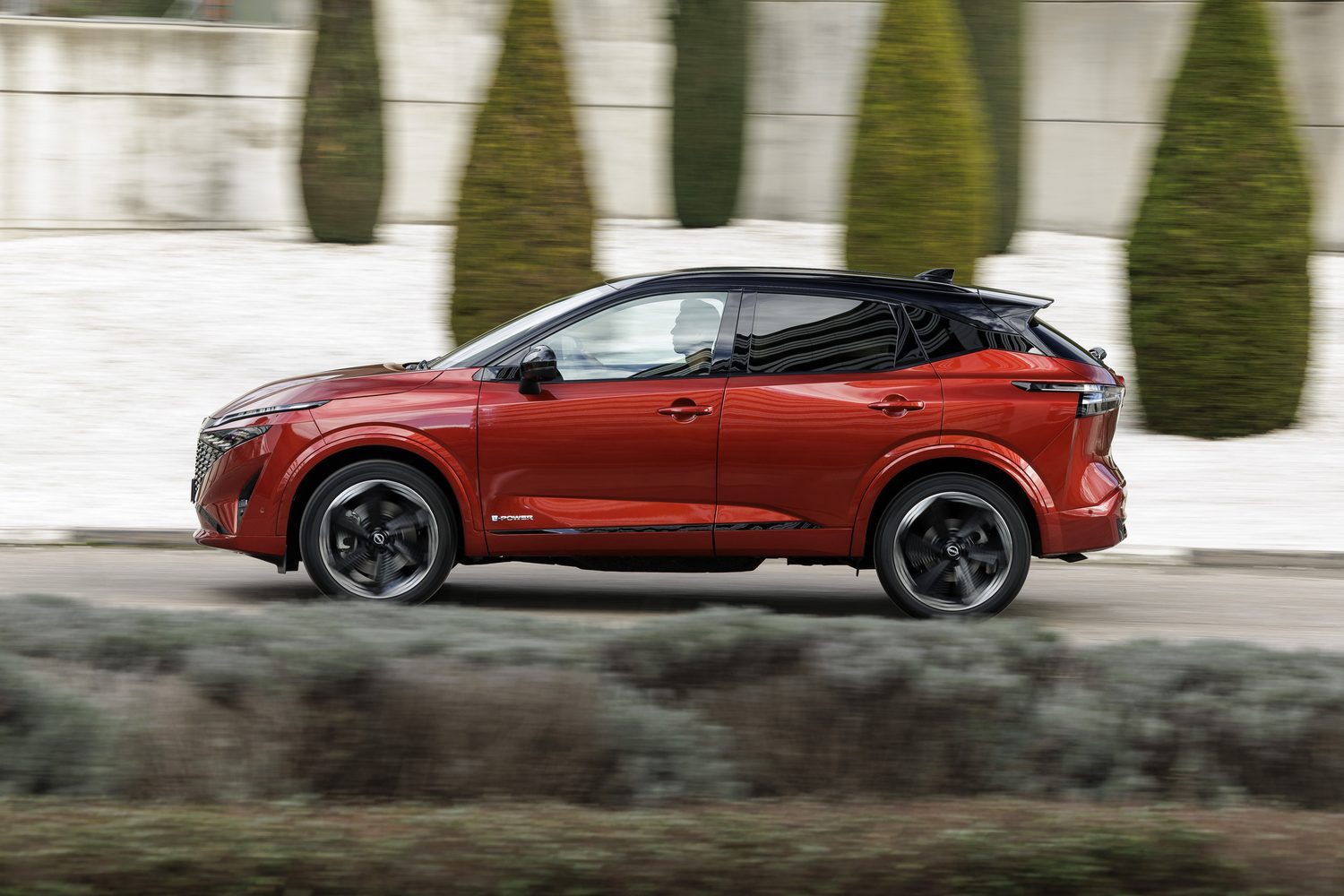
Despite that, Nissan reckons there is an incremental improvement in streamlining because of the new body design, so it may turn out that both e-Power and mild-hybrid versions of the new Qashqai will get closer to their official economy figures than their predecessors.
Irish pricing and plans
Nissan Ireland has not yet given us a steer on when the new Qashqai will join the range or how much it will cost, but we aren’t expecting a huge price jump over the existing model. However, the level of standard equipment will have some impact on that, so we’ll be watching this space. And if you’re wondering about an electric version of the Qashqai, it seems likely you’ll have to wait until the next-generation car comes along.





























